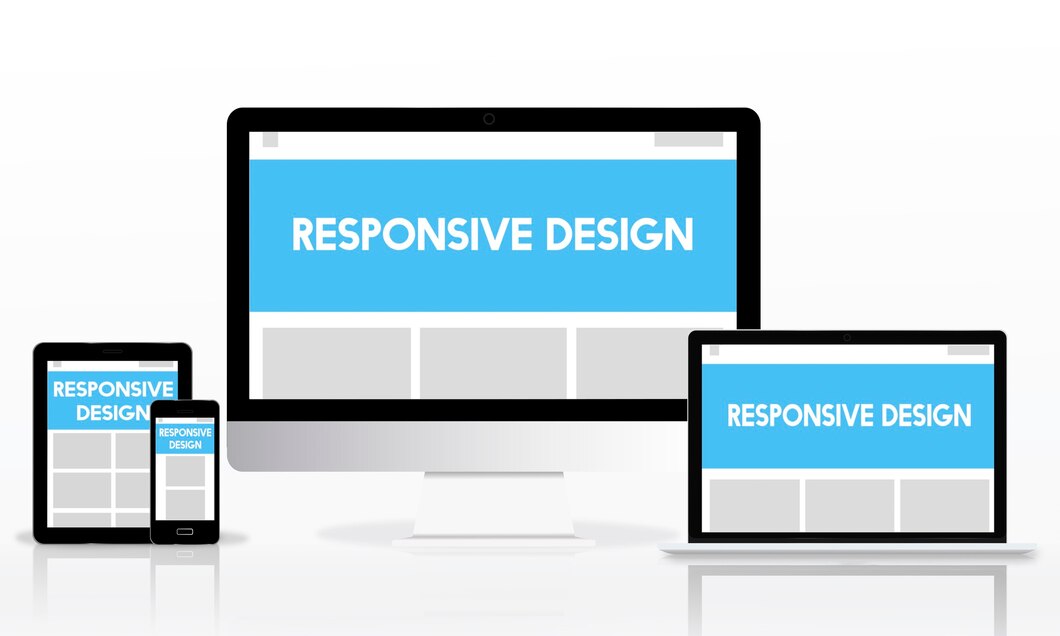March 14, 2024
In today’s digital age, having a website for your optometry practice is essential for reaching and engaging with potential clients.
However, it’s important to ensure that your website is accessible to people with varying levels of vision. By implementing inclusive design principles, you can make your website user-friendly for everyone, regardless of their visual abilities.
Here are some key considerations for designing an optometrist website with accessibility in mind:
1. Use Clear and Readable Typography:
Choose fonts that are easy to read and provide sufficient contrast against the background. Sans-serif fonts like Arial or Verdana tend to be more accessible, especially when used in a larger size. Additionally, avoid using decorative fonts or excessively small text, as they can be difficult for people with visual impairments to read.
2. Provide Alternative Text for Images:
Include descriptive alt text for all images on your website. This ensures that individuals using screen readers can understand the content of the images, even if they are unable to see them. Alt text should be concise and descriptive, accurately conveying the purpose or content of the image.
3. Implement Responsive Design:

Design your website to be responsive across various devices and screen sizes. This ensures that individuals with low vision can easily access and navigate your site on smartphones, tablets, and computers. Responsive design adapts the layout and content of your website based on the user’s device, providing a seamless browsing experience for all users.
4. Provide Keyboard Navigation:
Ensure that your website is fully navigable using only a keyboard. Some individuals with visual impairments rely on keyboard shortcuts and tab navigation to browse the web. Make sure that all interactive elements, such as links and buttons, are accessible via keyboard input and provide clear focus indicators to indicate the user’s position on the page.
5. Offer High Contrast Options:
Provide users with the option to adjust the contrast settings of your website to suit their preferences. High contrast modes can improve readability for individuals with low vision or color blindness. Implementing a toggle switch or settings menu that allows users to switch between different color schemes can significantly enhance the accessibility of your site.
6. Ensure Video Accessibility:
If your website contains videos, ensure that they are accessible to individuals with visual impairments. Provide captions and audio descriptions for all multimedia content to make it accessible to users who are deaf or hard of hearing. Additionally, offer controls for adjusting the playback speed and volume, allowing users to customise their viewing experience.
7. Test for Accessibility:
Regularly test your website for accessibility using tools like screen readers and keyboard navigation. Conduct usability tests with individuals with varying levels of vision to gather feedback and identify any potential barriers to accessibility. By actively seeking feedback and making continuous improvements, you can ensure that your website remains accessible to all users.
8. Provide Text Resizing Options:
Allow users to adjust the text size on your website to better suit their preferences and needs. Implementing text resizing options enables individuals with low vision to increase the font size for improved readability. This can be achieved through simple controls such as a zoom feature or a text resizing widget, giving users greater flexibility and control over their browsing experience.
9. Use Descriptive Headings and Structure:
Organise your website content using clear and descriptive headings, making it easier for users with visual impairments to navigate through the pages. Utilise proper HTML markup such as <h1>, <h2>, <h3>, etc., to create a logical hierarchy of headings and subheadings. This not only improves accessibility but also enhances the overall readability and usability of your website for all users.
10. Provide Clear Navigation and Sitemap:
Design intuitive navigation menus and provide a clear sitemap that outlines the structure of your website. This helps users quickly locate the information they need, especially those relying on screen readers or keyboard navigation. Include descriptive labels for menu items and ensure that navigation links are easily accessible and consistent across all pages.
11. Optimise Page Load Times:
Ensure that your website loads quickly and efficiently, particularly for users with slower internet connections or assistive technologies. Optimise images and multimedia content to reduce file sizes and minimise unnecessary scripts or plugins that may slow down page loading times. Faster load times not only improve accessibility but also enhance the overall user experience for everyone.
12. Provide Contact Information Clearly:
Make it easy for visitors to contact your optometry practice by providing clear and accessible contact information on every page of your website. Include phone numbers, email addresses, and a contact form that is easy to locate and use. Additionally, consider offering alternative contact methods such as text messaging or online chat for individuals who may prefer these communication channels.
13. Offer Accessible Forms:
Ensure that any forms on your website are accessible to individuals with visual impairments or motor disabilities. Use clear labels and instructions, provide error messages in a concise and understandable format, and enable keyboard navigation and submission. Implementing accessible forms ensures that all users can interact with your website’s features and services effectively.
14. Stay Informed and Updated:
Stay informed about the latest accessibility guidelines and standards, such as the Web Content Accessibility Guidelines (WCAG), and incorporate them into your website design and development process. Regularly monitor industry developments and updates to ensure that your website remains compliant with accessibility best practices and continues to meet the needs of all users.
By implementing these strategies and principles, optometrist websites can be designed to accommodate individuals with varying levels of vision, enhancing accessibility and inclusivity for all users. Prioritising accessibility not only helps to reach a broader audience but also reflects a commitment to providing equal access to information and services for everyone in the community.